|
USE OF BIOLOGICAL
ENDPOINTS IN FLATFISH TO ESTABLISH SEDIMENT QUALITY CRITERIA FOR
POLYAROMATIC HYDROCARBON RESIDUES AND ASSESS REMEDIATION
STRATEGIES
Principal Investigator:
Daniel Schlenk (UCR)
Summary of Research
Polycyclic aromatic hydrocarbons (PAHs) are common contaminants in
sediments of waterways worldwide, including the coastal areas of
California (Brown et al. 1998). Sources include industrial
discharges, creosote from treated wood, municipal runoff, as well
as atmospheric emissions from incineration and automobile
emissions. PAHs are also introduced into marine systems
through accidental spills of fuel oil, crude oil, and other
petroleum products, and from non-point sources such as natural oil
seeps.
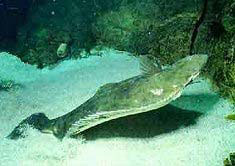 PAHs
tend to adsorb to organic components in sediments, where they can
be sequestered. Although only a portion of sediment-adsorbed
PAHs are available to marine organisms in the water column, there
is substantial uptake of these compounds by benthic fish through
the diet, and direct exposure to sediment. Benthic
invertebrate prey are a particularly important source of PAH
exposure for marine fishes, because PAHs are bioaccumulated in
many invertebrate species (Varanasi et al. 1989, 1992; Meador et
al. 1995). Consequently, determination of sediment
quality criteria for the adverse effects of PAHs on benthic
biota is necessary in ecological rich assessments of contaminated
areas. PAHs
tend to adsorb to organic components in sediments, where they can
be sequestered. Although only a portion of sediment-adsorbed
PAHs are available to marine organisms in the water column, there
is substantial uptake of these compounds by benthic fish through
the diet, and direct exposure to sediment. Benthic
invertebrate prey are a particularly important source of PAH
exposure for marine fishes, because PAHs are bioaccumulated in
many invertebrate species (Varanasi et al. 1989, 1992; Meador et
al. 1995). Consequently, determination of sediment
quality criteria for the adverse effects of PAHs on benthic
biota is necessary in ecological rich assessments of contaminated
areas.
However, unlike many chlorinated hydrocarbons, which boaccumulate
in tissues, PAHs are extensively metabolized in vertebrates such
as fishes. Cellular metabolism of PAHs results in conversion
of these hydrophobic compounds into polar, water soluble forms
that can be readily excreted from the organism. Thus, parent
PAHs generally do not bioaccumulate in fish or other vertebrates,
although metabolites present in food are bioavailable to the
consumer (McElroy et al. 1991, James et al. 1991). This
lack of accumulation in fishes prevents accurate measurement of
exposure using traditional chemical residue methods of analytical
chemistry.
In
addition, the chemical nature of PAHs is also quite complex, as
environmental samples rarely possess single compounds, but more
likely, have a profile of compounds with varied molecular weights
and biological activity. Each of these compounds display
differing biotransformation patterns and accumulation tendencies.
In fact significant differences exist between "urbanized" and
"non-urbanized" PAH signatures. The latter is usually of
lower molecular weight and greater mobility (Neff 1985).
Ecological risk assessment paradigms require accurate assessments
of exposure coupled with threshold levels of adverse effects.
Without an accurate estimate of exposure, assessments are
difficult and may potentially impair management decisions and
regulatory policies toward potential polluters.
Major
Accomplishments
Concentrations
of selected high molecular weight PAHs ranged from 0.049-38.6 ug/g (Table 1).
In this particular study, high molecular weight PAHs were considered compounds
with 3 benzene rings or more. The 100% COP treatment was dominated by
fluoranthene with an average concentration of 1.4 ug/g, followed by
dibenzo(ah)anthracene at 7.2 ug/g, and phenanthrene at 4.4 ug/g. All other PAH
compounds were under 0.4 ug/g in the 100% COP sample. All samples from control
to 1% appeared to have similar total HMW PAH concentrations. Concentrations of
LMW PAHs tended to correspond to dilution profiles with the exception of 67% COP
treatment where values were slightly lower than the 33% COP concentrations. In
the 0.66 to 66 % COP sediments, Acenapthene was the dominant PAH with an average
concentrations of 30 ug/g in the 100% COP treatment.
Cytochrome P450 1A analysis showed a similar baseline expression pattern from
the control to the 33 % COP sediments, with significant induction at the 66 and
100% COP sediments (Figure 1). P-values were 0.05 for the 66% sediment, and 0.01
for the 100% sediment exposure.
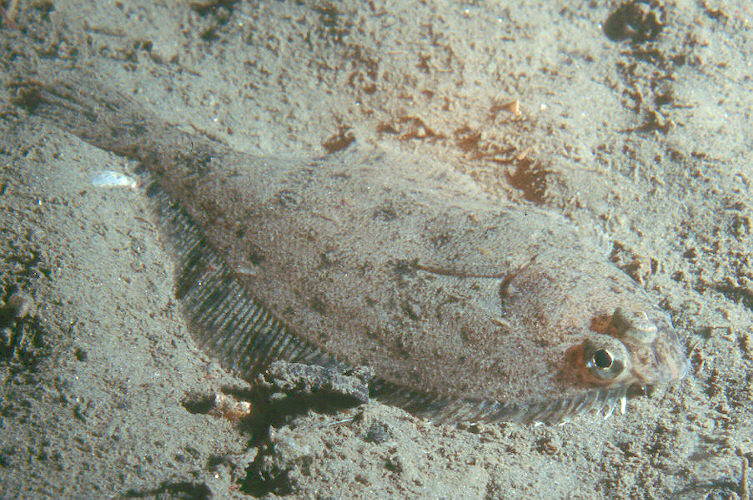 FAC
accumulation in bile was variable in the 33, 66 and 100% PAH sediment
exposures, with a trend towards increasing FACs in the bile at the higher
sediment concentrations (figures 2 through 4). Values for BAP ranged from 5 to
30 ug/ml, PHE from 33 to 2,300ug/ml, and NAP from 500 to 14,000ug/ml. The lower
concentrations of contaminated sediment (0.33%, 0.66%, and 1%) showed a slight
trend for increasing PAHs with increases in sediment exposure. Increases in FACs
did not correspond directly to increases in PAHs detected in the sediment
particularly in the 33 and 66% COP sediments. Metabolites were highest following
exposure to the 33% COP sediment, while PAHs were highest at the 100% sediment
exposures. Much greater amounts of PAHs were found in the 100% sediments versus
the 33% and 66%, and this did not result in a similar increase in FACs. FACs
fluorescing at the PHN and NAP wavelengths were highly correlated, with an r2
of 0.97. BAP values were less related to PHN and NAP, with r2 values
of 0.72 and 0.71 respectively. FAC
accumulation in bile was variable in the 33, 66 and 100% PAH sediment
exposures, with a trend towards increasing FACs in the bile at the higher
sediment concentrations (figures 2 through 4). Values for BAP ranged from 5 to
30 ug/ml, PHE from 33 to 2,300ug/ml, and NAP from 500 to 14,000ug/ml. The lower
concentrations of contaminated sediment (0.33%, 0.66%, and 1%) showed a slight
trend for increasing PAHs with increases in sediment exposure. Increases in FACs
did not correspond directly to increases in PAHs detected in the sediment
particularly in the 33 and 66% COP sediments. Metabolites were highest following
exposure to the 33% COP sediment, while PAHs were highest at the 100% sediment
exposures. Much greater amounts of PAHs were found in the 100% sediments versus
the 33% and 66%, and this did not result in a similar increase in FACs. FACs
fluorescing at the PHN and NAP wavelengths were highly correlated, with an r2
of 0.97. BAP values were less related to PHN and NAP, with r2 values
of 0.72 and 0.71 respectively.
No
significant differences in plasma steroid concentrations between treatment
groups and controls were observed (Figure 5). However, a trend toward reduction
of estradiol levels was observed at the 1% COP treatment. Estradiol
concentrations were between 347 to 849 pg/ml from the control to the 0.66% COP
sediments, and from the 0.1 to the 100% COP sediments the values ranged from 21
to 494 pg/ml. Testosterone levels were lower than estradiol at all
concentrations (even control). GSI did not show any significant response to
treatment.
Figure 1.
Hepatic cytochrome P4501A expression from male halibut treated with various
concentrations of COP sediments. Each value represents the
mean of 4 individuals + SD. *p < 0.05
 
  Figure
2. Biliary phenanthrene-like compounds
from male halibut treated with various concentrations of COP sediments. Values
with error bars represent the average of 3-4 replicates + SD. Figure
2. Biliary phenanthrene-like compounds
from male halibut treated with various concentrations of COP sediments. Values
with error bars represent the average of 3-4 replicates + SD.
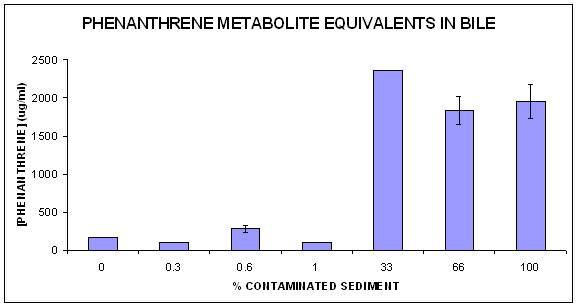
 Figure
3. Biliary naphthalene-like compounds
from male halibut treated with various concentrations of COP sediments. Values
with error bars represent the average of 3-4 replicates + SD. Figure
3. Biliary naphthalene-like compounds
from male halibut treated with various concentrations of COP sediments. Values
with error bars represent the average of 3-4 replicates + SD.
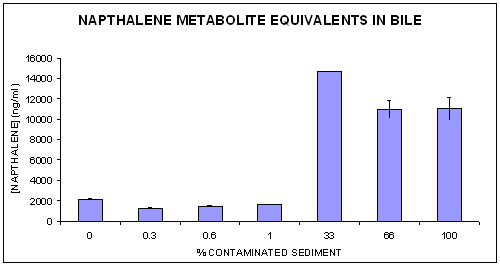
Figure 4.
Biliary benzo(a)pyrene-like compounds from male halibut treated with various
concentrations of COP sediments. Values represent the average of 2 individuals.
PYRENE-METABOLITE-E.jpg)
Figure 5.
Plasma steroid and GSI values for male halibut treated with various
concentrations of COP sediments. Each value represents the mean of 4 individuals
+ SD.
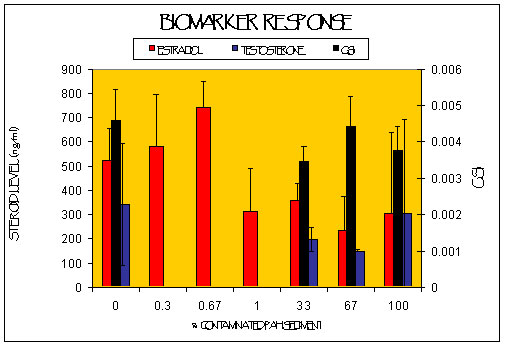
Summary:
Our
study found slight induction of CYP1A in response to natural PAH contaminated
sediment, and decreased estradiol levels at a lower threshold of exposure than
either CYP1A induction or FAC accumulation. In comparison to values seen in
other studies, these fish seemed to have particularly variable response in
regard to FAC accumulation in bile, which may have been resolved with
normalization to biliary protein content. CYP1A induction also seemed low with
regard to the amounts of PAHs in naturally contaminated sediment from oil seeps.
This may be due to a species specific low induction response, or perhaps natural
oil from seeps have different mixture effects than anthropogenically derived
PAHs which have previously been shown to cause the response.
|
[homepage]
|
[overview]
|
[researchers]
| [students
& staff]
|
[research] | [download reports]
|
|

